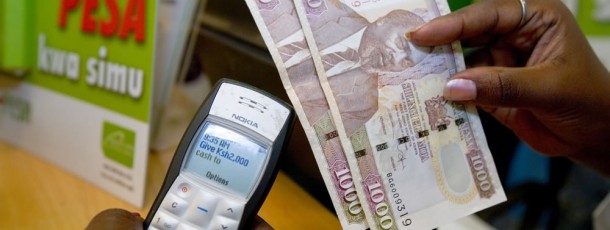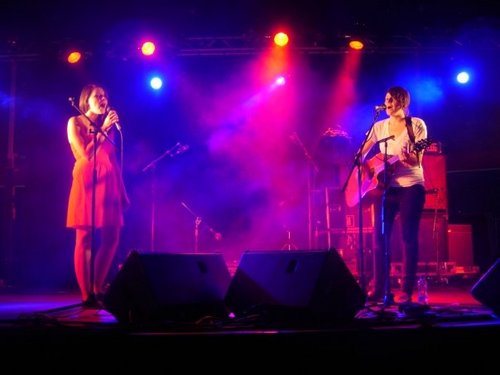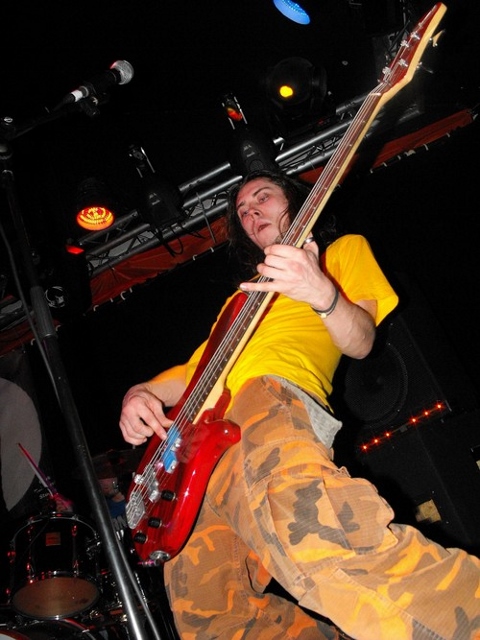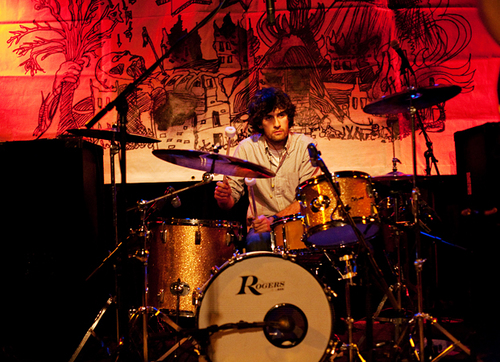© Frank Hughes Originally posted on Pivot Dublin Blog as part of the World Design Capital Bid 2011
WHAT CIRQUE TROTTOLA AT WESTPORT ARTS FESTIVAL HAS MASTERED THAT BIG BUSINESS WANTS
A small circus troupe from France CIRQUE TROTTOLA ( Spinning Top ) performed to packed tents at the Westport Arts Festival this month . The performance was breathtaking , intimate , theatrical and treads the fine line between dangerous , poetic and funny – all hallmarks of great circus, but also with a twist.
This reinvented New Circus model demonstrates fundamental innovations that Big Business Corporations strive to emulate.
Format
The performance of Volchok is a simple story of 3 characters whose physiques and gestures , props , balancing and choreography keep the intimate audience of about 300 in rapture for about 80 minutes. Two musicians play found object multi instruments to heighten drama and provide mini act solos. . More theatrical and Waiting for Godot than traditional circus the multi-talented speech free performers are pushed to their limits. Photos by Phillippe Laurencon
Critical Acclaim
‘The artists of Cirque Trottola put the emphasis on emotion rather than on the spectacular, on astonishing with simplicity, rather than with effect. Volchok is a virtuoso balancing act, a falling act, a flying act, suspended in its own colour “ Letni Letna website
‘A hymn to the fragility of dreams in a poetic world.’ Pariscope
‘The three protagonists of this fairytale circus sow magic and dreams wherever they
passepass.’Campus mag Campus Mag
‘A curious atmosphere seizes us when entering the small tent: warmth, mystery, proximity and seduction. They tell us their stories by means of acrobatics, balance and swinging trapeze, in a both simple and sophisticated way’. www.catastrophe.be
Business Model Innovation
In response to the needs of an international travelling circus to develop a form which is both ground breaking and affordable, Cirque Trottola demonstrates its commercial acumen.
In contrast to traditional forms of circus , using many acts and performers, clowns , animals, orchestras, interval snack sellers etc Cirque Trottola is refined to a multi tasking powerhouse. Much debate currently in the business press revolves around business model innovation and many good lessons can be learned from this small circus.
KEY INNOVATIONS
1. MULTI-ROLE PERFORMERS (Swiss Army Knife )
The core Performers play multiple roles and Musicians play multiple instruments. Strength of characters and prodigious talents appear larger than life. 3 performers , 2 musicians , 1 Master and 3 ticket attendants / bar staff visible. Total 10- 12 inclusive .
Reduced operational and capital costs.
2. MORE WITH LESS ( Apple iPhone )
More theatrical than traditional circus , costumes are simple and used as props themselves. No animals , no special catering, no trainers, no special additional transport or quarantine. Props are minimal , a brush, chair, a dress, a coat, a hat ,sacking and trapeze which is part of tent used to great effect. Local assistants help erect the tents as part of contract.
There is a reduced footprint of parking for the tents and trucks meaning that ground rent is low and access to inner city sites and parks easier.
Reduced operational, transport and capital costs, more flexibility for different environments.
- 3. KEY COLLABORATIONS ( NASA International Space Station )
As part of performance , the two musicians use marbles, bowls, brooms,and bric a brac with one organ , cymbals and an electric guitar to great effect .They create wildly evocative sounds to complement the performance . Simple changes of location and sound focus raise or lower the tempo. Experimental music theatrically performed adds another layer to the experience.
Cirque Trottola has proud tradition of pushing out the boundaries of music performance and have previously collaborated with the renowned French Composer Pierre Bastien who has been pioneering experimental music using Meccano
International Profile building Collaborations and additional sales channels.
4. UNIVERSAL APPEAL and Branding (Music , Play , Theatre and Choreography )
No words are spoken during performance , only dramatic facial and body gestures, archetypal physiques ,balancing and trapeze movements along with mesmeric and primal music. The Story is kept simple in order to communicate clearly. Simplicity and effectiveness of communication medium works internationally. No translation necessary. The brand speaks for itself and needs no elaborate explanations.
Cost efficient global communications medium.
5. SUPER EFFICIENT DELIVERY (Amazon )
The public are led via a small tent housing a ticketing area and small bar through to the main tent. Another small bar lies under the seating of the Big Tent. There is no interval for refreshments , the performance is continuous.
Once complete the public are encouraged to move to the smaller tent and have some refreshments in the smaller tent. This frees up the main tent quickly for the next performance, eliminates need to clean up between shows and creates atmosphere and anticipation for the next circus goers.
Speed of turnaround and additional performances and revenue possible.
6. TEAMWORK (Google )
Given the small numbers of people involved in the circus , great teamwork is essential to pull off great performances. Clear goals and ambitious artistic objectives are balanced with practical / safety and human concerns. No-one can afford to play prima donna as many skills are required to be mastered by all. Each year a particular country destination is chosen by the team to perform in and explore as a working exploration of that particular country.
High degree of trust built up between all members of team . All suggestions considered and one agreed for annual working exploration.
7. END USER MARKET RESEARCH (INTEL )
The ability of a small troupe to experiment with new routines on different trips and adopt or amend them depending how they are received is hugely advantageous and efficient. In this case the managers ( also the performers) are in intimate contact with their audience both during the performance and after. Feedback can be quickly processed and decisions made which will help determine successful adoption of new experimental artistic direction.
Many large organisations use Ethnography ( embedding researchers in specific communities over long periods ) to learn about their core needs and wants . Cirque Trottola can get relatively instant feedback and make decisions accordingly.
Efficient and low risk prototyping of new approaches and performances.
In bringing this circus to Wesport , the Festival Committee has brought more than just an exhilarating circus act!
References
CIRQUE TROTTOLA
Philippe Laurencon Photographer
http://www.cirquenexon.com/expositions/piste-one-par-philippe-laurencon
WESTPORT ARTS FESTIVAL
BUSINESS MODEL INNVOVATION
http://en.wikipedia.org/wiki/Business_model_innovation
ETHNOGRAPHY
www.en.wikipedia.org/wiki/Ethnography
http://blogs.intel.com/research/2010/06/what_buying_a_pc_means.php
SWISS ARMY KNIFE
www.en.wikipedia.org/wiki/Swiss_Army_knife
UNIVERSAL APPEAL
http://en.wikipedia.org/wiki/Ulysses_(novel)
http://en.wikipedia.org/wiki/Shadow_play
http://en.wikipedia.org/wiki/The_Chieftains
http://en.wikipedia.org/wiki/Waiting_for_Godot
http://en.wikipedia.org/wiki/U2
http://en.wikipedia.org/wiki/Riverdance
APPLE IPHONE
www.en.wikipedia.org/wiki/IPhone
http://www.time.com/time/specials/packages/0,28757,1823107,00.html
www.en.wikipedia.org/wiki/Google
AMAZON
www.en.wikipedia.org/wiki/Amazon.com
INTERNATIONAL SPACE STATION
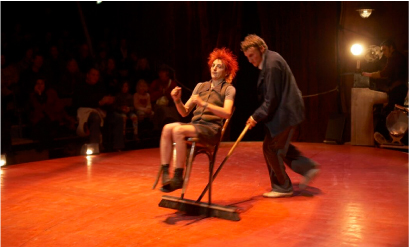

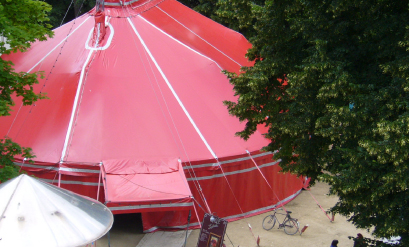

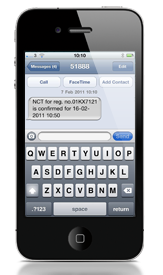 I’m the founder of Púca. Before that I was involved in web development: I set up the Irish web design company Webfactory in 1994, which I think was the first dedicated web development company in Ireland. Before that I worked in the music industry, at EMI records in London. I’m driven by trying to do things that are original and a bit ahead of the curve. I like to be working with something that’s on the cutting edge but it can also be a good business strategy to be positioned early on in a sector that is going to grow. I think its also important if you’re operating out of a small country and a small market like Ireland that you look outwards and create something that can be sold internationally. I think what probably inspired me originally was seeing how people like U2 and their management organization have been able to build a successful international business based out of Ireland built upon innovation and creative talent. There have been many other similar accomplishments in areas like film, dance and theatre so I think those of us working in other industries in Ireland, be it the technology sector or whatever, should be inspired by those people working successfully in the arts and try and emulate them in our own fields.
I’m the founder of Púca. Before that I was involved in web development: I set up the Irish web design company Webfactory in 1994, which I think was the first dedicated web development company in Ireland. Before that I worked in the music industry, at EMI records in London. I’m driven by trying to do things that are original and a bit ahead of the curve. I like to be working with something that’s on the cutting edge but it can also be a good business strategy to be positioned early on in a sector that is going to grow. I think its also important if you’re operating out of a small country and a small market like Ireland that you look outwards and create something that can be sold internationally. I think what probably inspired me originally was seeing how people like U2 and their management organization have been able to build a successful international business based out of Ireland built upon innovation and creative talent. There have been many other similar accomplishments in areas like film, dance and theatre so I think those of us working in other industries in Ireland, be it the technology sector or whatever, should be inspired by those people working successfully in the arts and try and emulate them in our own fields.